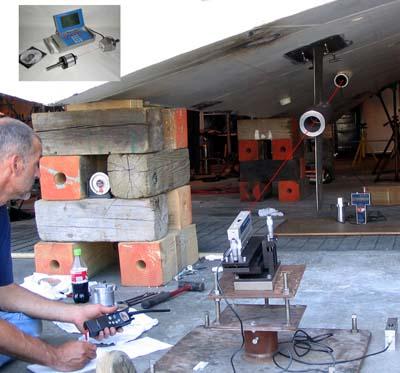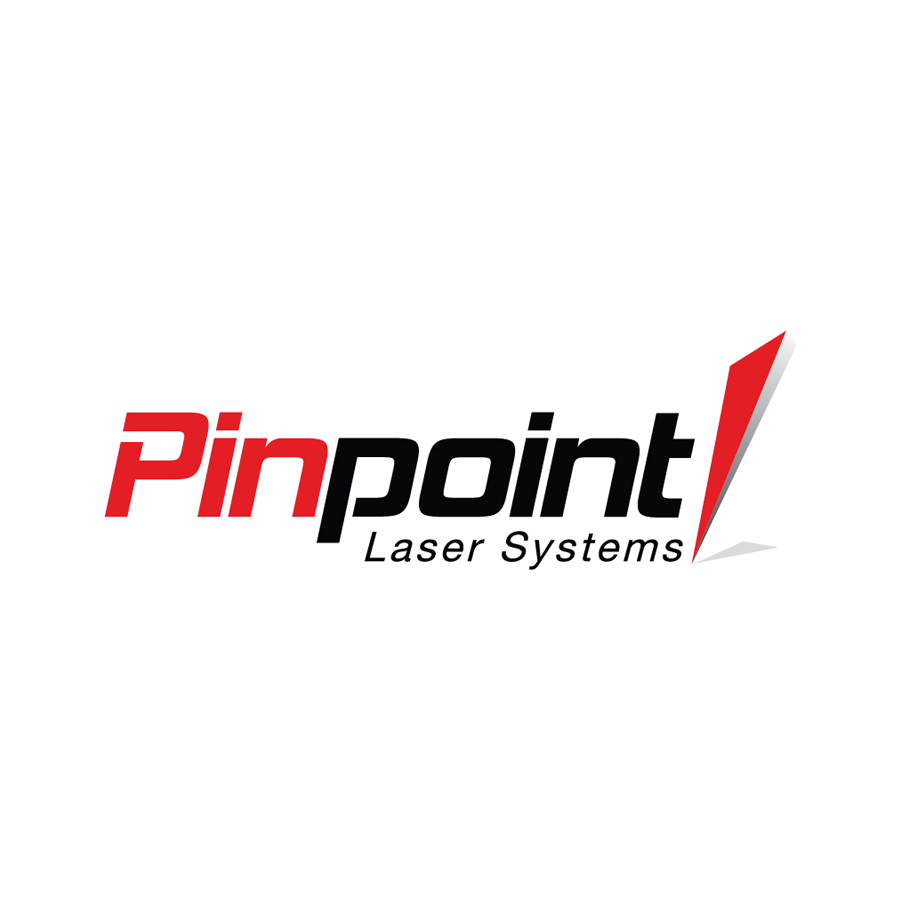
Pinpoint Laser Systems Inc. is introducing a new precision Microgage Bore Alignment Kit for industrial applications. The product is suited for aligning extrusion presses, rams, precision screws, lathes and turning centers, propeller shafts and stern tubes, bar feeders, and many other demanding applications. This Microgage Bore Alignment Kit is compact, precise, easy to set up, and most importantly, affordable — for small and large firms alike. T
his Microgage Bore Alignment System consists of a cylindrical laser that can be adapted to bores of all sizes. The laser reference beam is projected to a digital receiver that is held in a mount with a similar precision bore diameter. This mount is reversible so that the receiver can catch the laser beam coming either through the bore tube or from the outside, and measurement readings are then transmitted to a handheld display. Readings as small as 0.0001 inch (0.003mm) define the bore or shaft's alignment and guide the user to what changes are needed for optimal performance.
Measurements can be made over a range of 150 feet, and simple fixtures expand the options for aligning a variety of machines. A computer interface can store readings and connect the Microgage to common programs and spreadsheets. The Microgage Bore Alignment Kit is highly versatile for use either on the factory floor or in the field and fits into a small carrying case for easy storage.
Contact Details
Related Glossary Terms
- centers
centers
Cone-shaped pins that support a workpiece by one or two ends during machining. The centers fit into holes drilled in the workpiece ends. Centers that turn with the workpiece are called “live” centers; those that do not are called “dead” centers.
- extrusion
extrusion
Conversion of an ingot or billet into lengths of uniform cross section by forcing metal to flow plastically through a die orifice.
- turning
turning
Workpiece is held in a chuck, mounted on a face plate or secured between centers and rotated while a cutting tool, normally a single-point tool, is fed into it along its periphery or across its end or face. Takes the form of straight turning (cutting along the periphery of the workpiece); taper turning (creating a taper); step turning (turning different-size diameters on the same work); chamfering (beveling an edge or shoulder); facing (cutting on an end); turning threads (usually external but can be internal); roughing (high-volume metal removal); and finishing (final light cuts). Performed on lathes, turning centers, chucking machines, automatic screw machines and similar machines.

